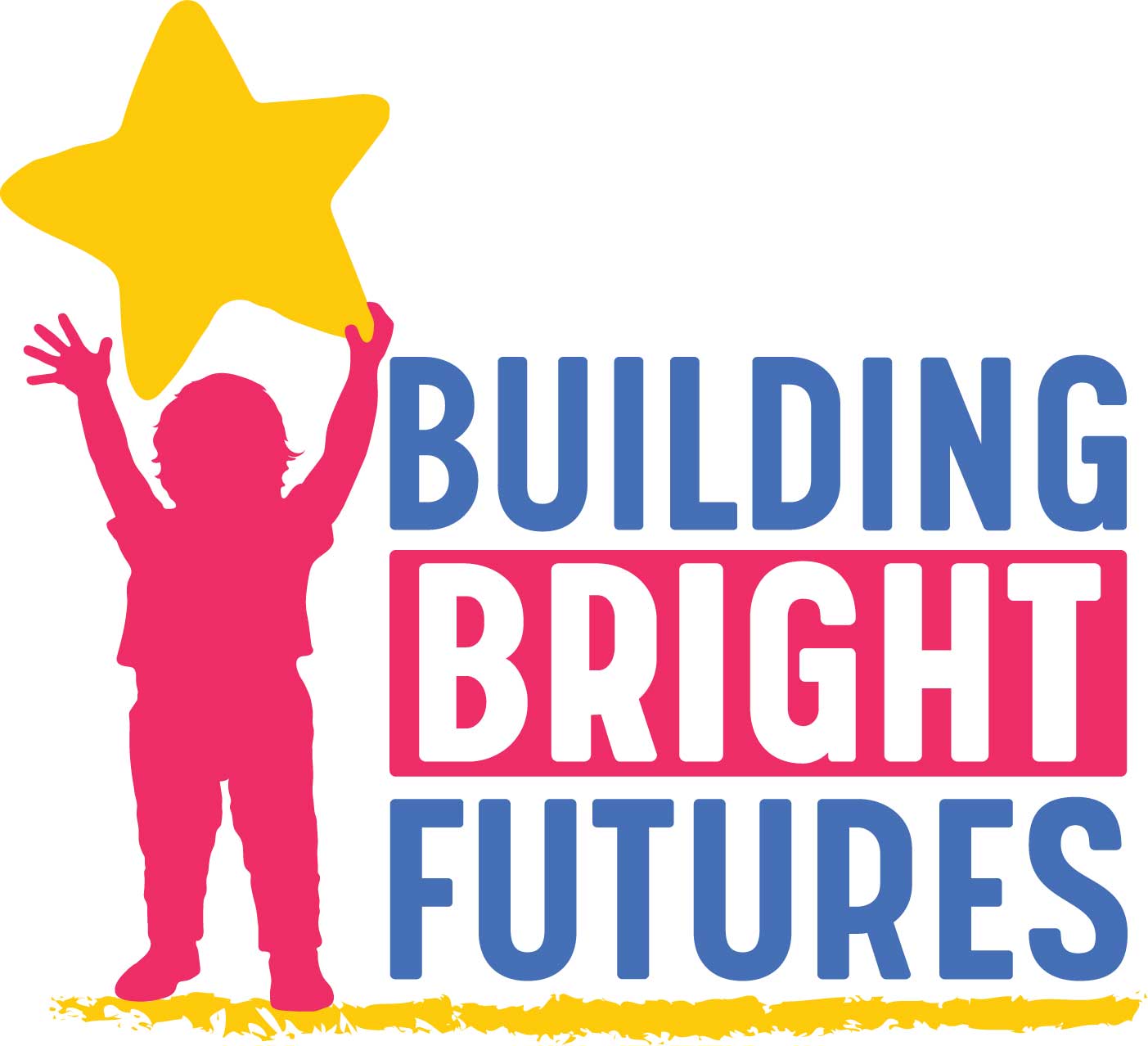The Vermont Early Childhood Fund (VECF) supports creative solutions that will improve the well-being of children from the prenatal period to age 8, their families, and the Vermont communities where they live. In late 2022, Vermont was awarded a $23 million federal grant to strengthen the state’s early childhood system, support the early childhood workforce, and improve the quality and availability of services for family and children from prenatal to age 8. The Vermont Integration Project: Building Integration in Vermont’s Birth-5 Early Childhood Systems (VIP B-5) will provide a total of $6 million in subgrants over a three-year period to local communities.
BBF administers the subgrant program through VECF. In December 2023 and May 2024, BBF awarded $2.8 million in grants to support Vermont’s early childhood system. The upcoming round of funding will award $1 million to organizations throughout the state. To be eligible, projects will focus on families and children from the prenatal period to age 8.
The portal to apply for the next round of VECF funding will open on Monday, August 12.
Grant award notifications will be made in mid-November for the January 1–September 30, 2025, funding period. An additional round of funding will occur in 2025.
VECF Opportunity Grant
The VECF Opportunity Grant will provide one-time grants of $10,000 to $80,000 to about 10 projects.
BBF recognizes that a wide variety of factors impact children during the early stages of development. The goal of the Opportunity Grant is to support a broad range of projects and programs throughout Vermont that strengthen the early childhood system. Preference will be given to projects that address one or more of the following areas:
Equitable Access. To ensure that all children and families have access to high-quality opportunities that meet their needs, projects will increase access to early childhood care and education programs (particularly for infants and toddlers), pediatric and mental health services, family supports, nutrition, disability services, and other resources. Since gaps in the early childhood system more severely impact specific groups (including families living in rural communities; people of color; children with a disability, developmental delay, or special health need; children who are at risk of or have experienced abuse, neglect, or trauma; and children who experience other risk factors such as poverty, homelessness, or immigrant/refugee status, or who have parents who are incarcerated), projects will increase access for these groups. Examples of potential projects include, but are not limited to:
- Staffing, training, and/or materials needed for inclusion of children with behavioral/developmental needs, disabilities, or special health needs
- Expansion or start-up of programs or services for children from the prenatal period to age 8. This could include, but is not limited to, pediatric and mental health services, family supports, nutrition, disability services, early childhood care & education programs (ECCE), Head Start and Early Head Start programs, Universal Prekindergarten (UPK) programs, and afterschool/out-of-school care.
- Supports for trauma-responsive care
- Increased access to developmental screening, pediatric care, and mental health services
- Programs that improve equity of access to basic necessities such as nutritious food and housing
- Language translation services and resources for non-English speakers
- Other projects that expand access to services and programs for families with children from the prenatal period to age 8
Please note: due to federal funding restrictions, there are a number of items that cannot be funded, including construction or additions, improvements, modifications, replacements, rearrangements, reinstallations, renovations, or alterations to capital assets that materially increase their value or useful life. Please review the Frequently Asked Questions on the VECF page to see additional items that are unallowable under this grant.
Improved Quality. To ensure that all children and families have access to high-quality opportunities that meet their needs and that the early childhood system is well-resourced, projects will enhance the quality of existing programs to help promote child well-being, learning, and development. Quality enhancements can come in many forms and may include:
- Materials and supplies (for example, educational materials such as books and toys)
- Professional development, practice-based coaching, and coursework
- Other projects that improve the quality of existing programs and services for families with children from the prenatal period to age 8
Workforce Development. Vermont is experiencing a critical workforce shortage across the early child care and education system. Projects will ensure that the early childhood system is well-resourced by developing strategies to build a robust and stable workforce. Potential projects may include, but are not limited to:
- Strategies to address and remove barriers to workforce recruitment and retention (compensation, coaching, training, and recruitment)
- Workforce retention strategies, and strategies to increase wages and compensation (supplemental wages, insurance or other benefits, etc.)
- Strengthening career pathways, promotion, and recruitment for a qualified and diverse workforce
- Refining and linking the wage scale and career ladder to competencies, credentials, and degrees
- Projects that address ECCE workforce data gaps
- Resource navigation
- Systems navigation to recruit a diverse workforce
- Professional development
- Other projects that help build a robust and stable workforce
Family Engagement and Leadership, and Connecting Families to Services. To ensure that families and communities play a leading role in children’s well-being, and that the early childhood system will be well-integrated, projects will address barriers that prevent families from participating in planning, advising, and developing early childhood systems, as well as accessing services. Projects may include, but are not limited to:
- Support for transitions between programs for families
- Piloting coordinated/universal enrollment forms
- Improving resource navigation
- Innovative family leadership recruitment and engagement practices
- Improving integration across the early childhood system with mental health, nutrition, child care, health, special education, Head Start and Early Head Start
- Offering language/interpretation services, transportation, child care, and/or other supports to minimize barriers to meaningful engagement of families as partners and leaders in policy and program decisions
- Targeting outreach and engagement strategies to families from historically underserved communities
- Other projects that help connect families to services and break down barriers to access
Regional Priorities. Each year, BBF’s 12 Early Childhood Regional Councils gather input and identify the most pressing priorities for each region in the coming year. The current Regional Priorities (selected in 2024 to focus on in 2025-2026) are outlined on this map.
Learn more about Regional Councils.
VECF Innovation Grant
The VECF Innovation Grant will make up to two awards of $100,000 to $200,000, with the possibility of renewed funding in 2025. Pilot projects as well as the continuation or expansion of pilot projects are encouraged.
The goal of the VECF Innovation Grant is to address some of Vermont’s most persistent barriers to serving children and families. Proposals should create innovative solutions to support quality, access, workforce development, family engagement and leadership, connecting families to services, regional priorities, mental health, support for children with disabilities and specialized needs, and support for family child care homes in a way that can be replicated in other areas of Vermont. Areas of special interest include, but are not limited to:
- Workforce development, recruitment, and retention
- Strategies to increase wages and/or compensation for the early childhood workforce
- Support for transitions between programs for families and professionals
- Coordinated universal enrollment forms
- Improving integration across the early childhood system with mental health, nutrition, child care, health, special education, and Head Start and Early Head Start
- Other innovative solutions to barriers to serving children and families






